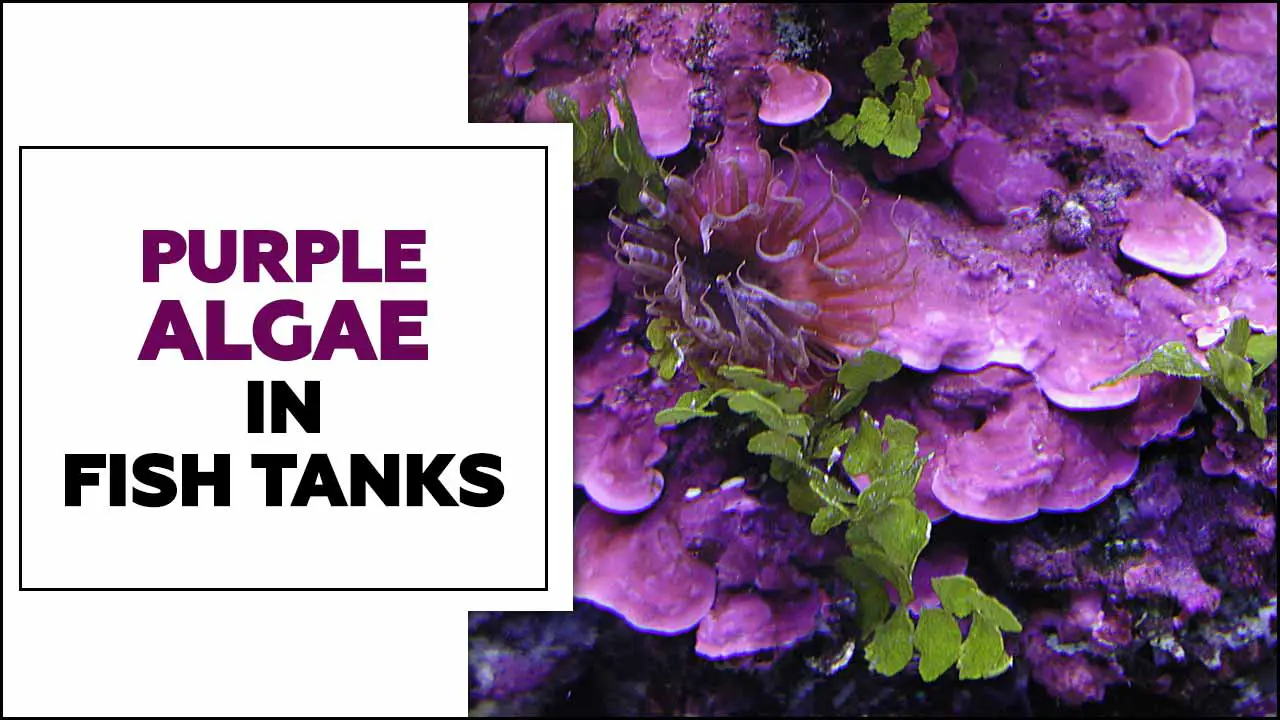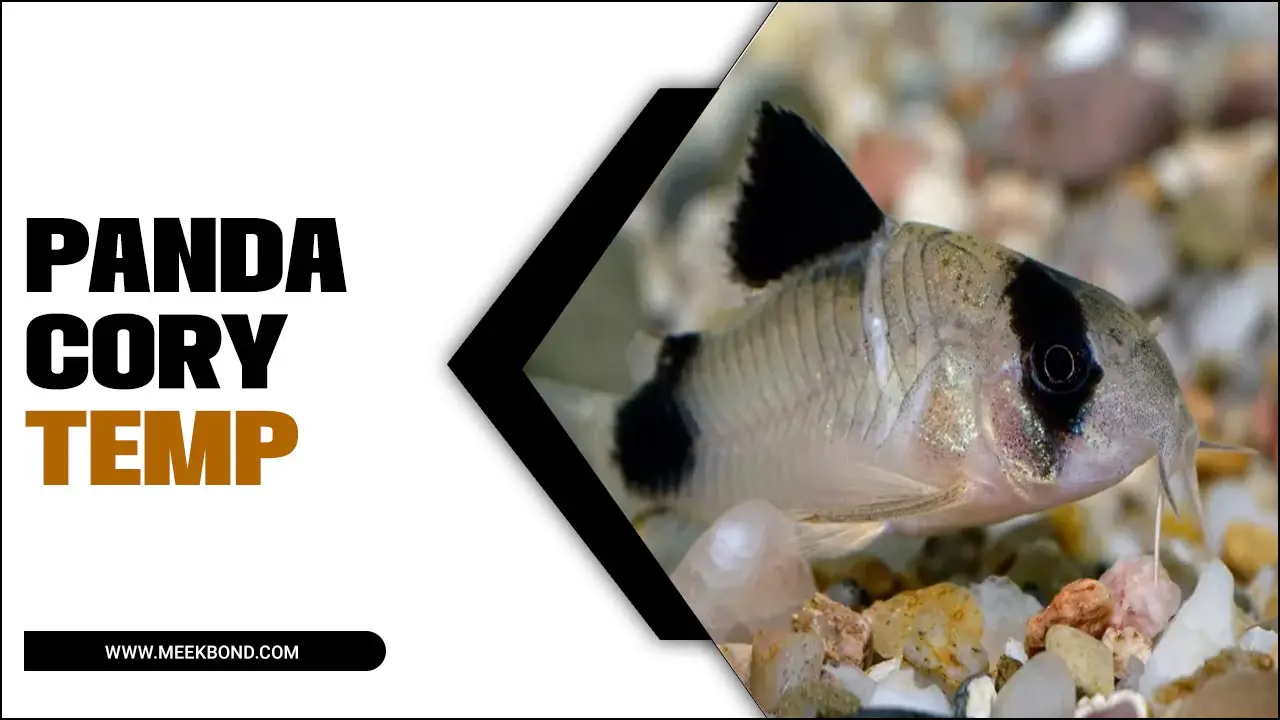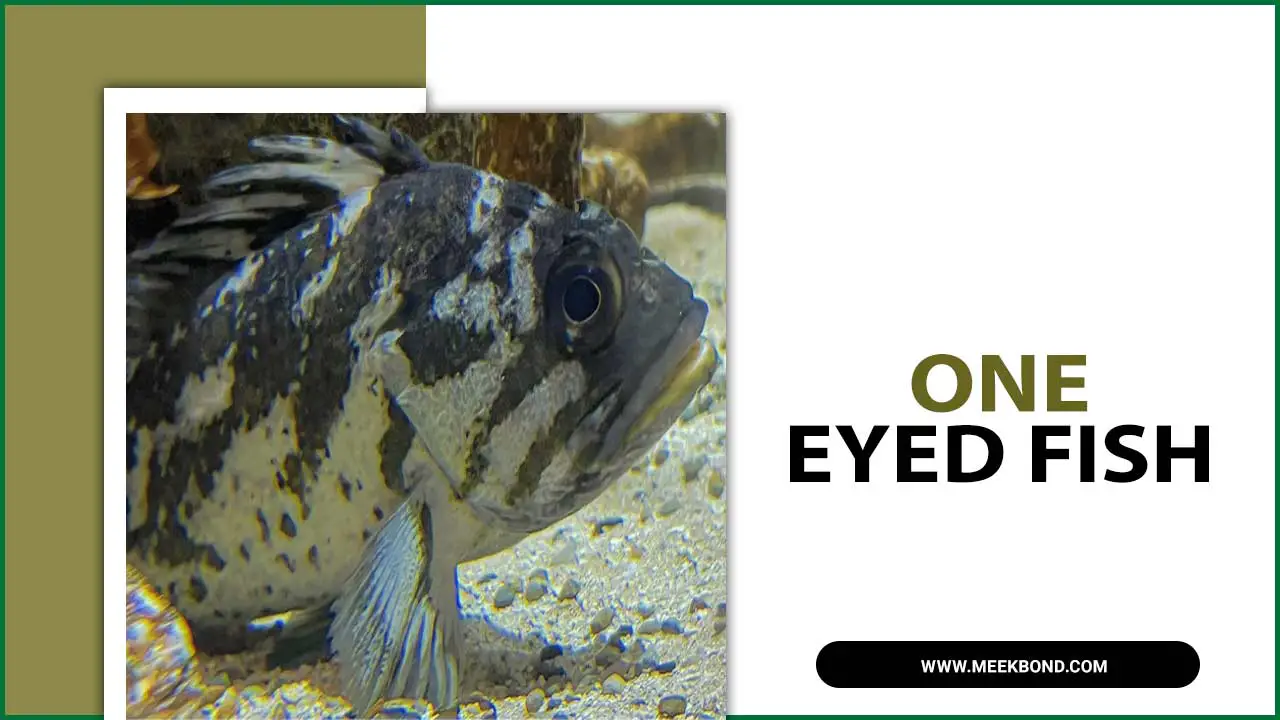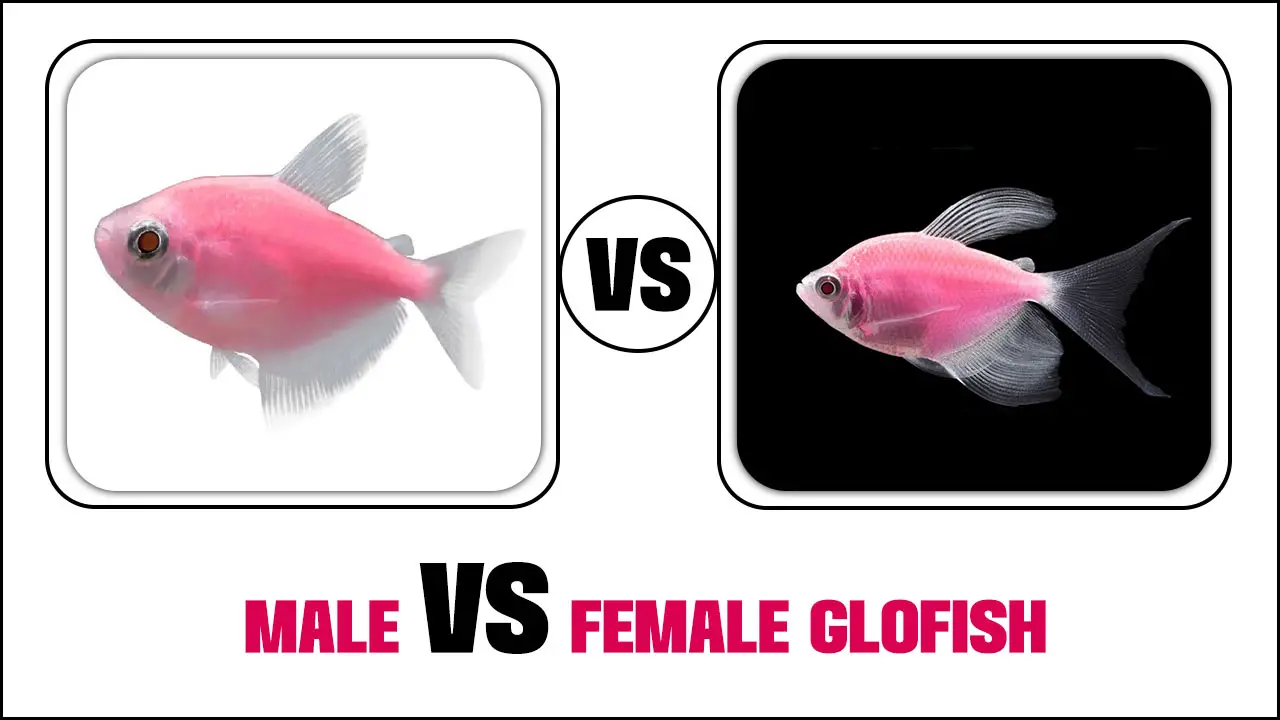Breeding fish can be a rewarding and satisfying experience for any aquarium enthusiast. However, successful breeding requires careful planning, preparation, and execution.
If you’re interested in breeding neon tetras and have a pregnant female, you’ll want the knowledge and resources necessary to ensure a healthy and prosperous breeding process. We’ll provide all the necessary information on breeding pregnant neon tetras, from identifying a pregnant fish to providing the proper care and feeding throughout the breeding process.
We’ll also explore the importance of proper nutrition and feeding and the role of water temperature, pH, and filtration in neon tetra breeding.
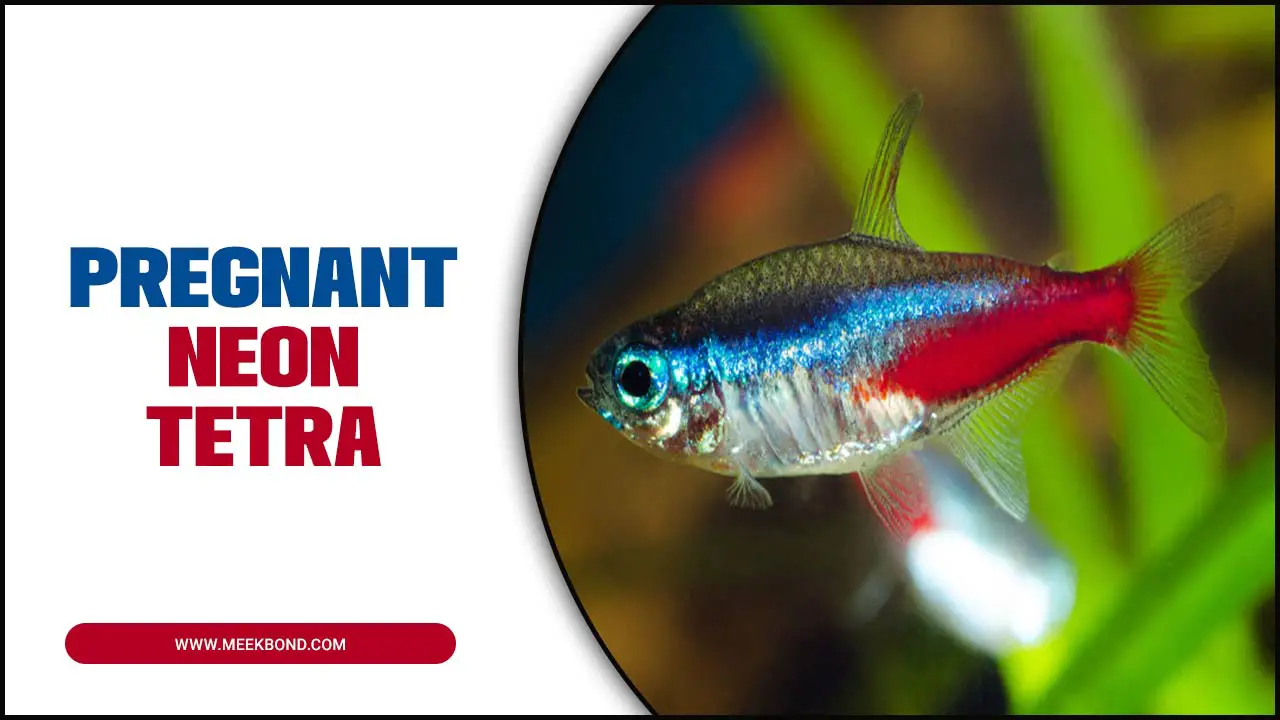
How To Successfully Breed And Raise Pregnant Neon Tetras
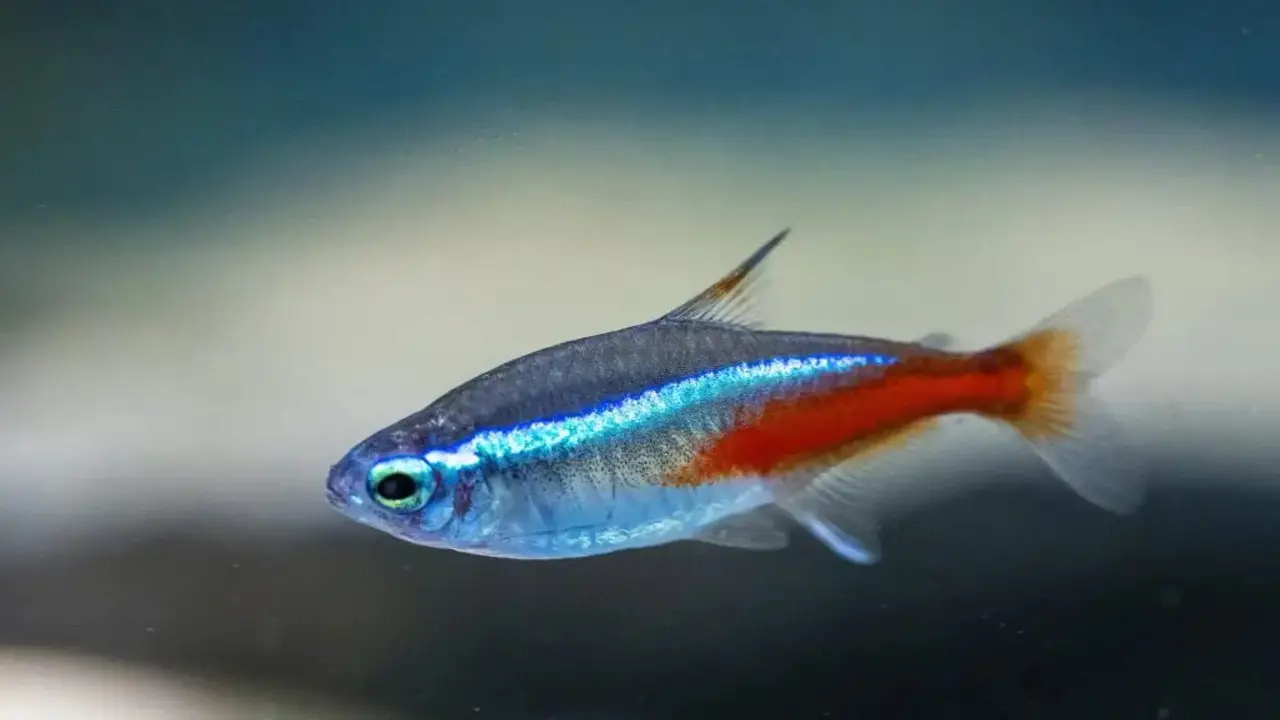
Setting up the ideal breeding tank is crucial for successfully breeding and raising pregnant neon tetras. Creating a suitable environment that includes plants and hiding spaces is essential, providing the fish with security. When selecting breeding pairs, choose healthy males and females with vibrant colours to increase the chances of successful reproduction.
Observing the neon tetras for signs of courtship and mating is essential to track their breeding behaviour. Once the female neon tetra is pregnant, it’s necessary to separate her from the main tank and provide appropriate food and care for the fry. Maintaining proper water quality is vital to ensure the health of neon tetras and their offspring.
Understanding The Reproductive Behaviour Of Neon Tetras
Understanding the reproductive behaviour of neon tetras is essential for anyone looking to breed these colourful fish. While neon tetras are not livebearers like other fish species, they engage in a unique spawning process. Female neon tetras will scatter their eggs among fine-leaved plants or moss in the aquarium. The males will then fertilize the eggs by releasing sperm over them.
After spawning, removing the adult fish from the breeding tank is important to prevent them from eating the eggs. The eggs will hatch within a few days, and the fry will feed on infusoria or specialized food. Aquarists can successfully breed and raise neon tetras in their home aquariums by understanding and replicating this natural reproductive behaviour.
Identifying And Separating Pregnant Neon Tetras
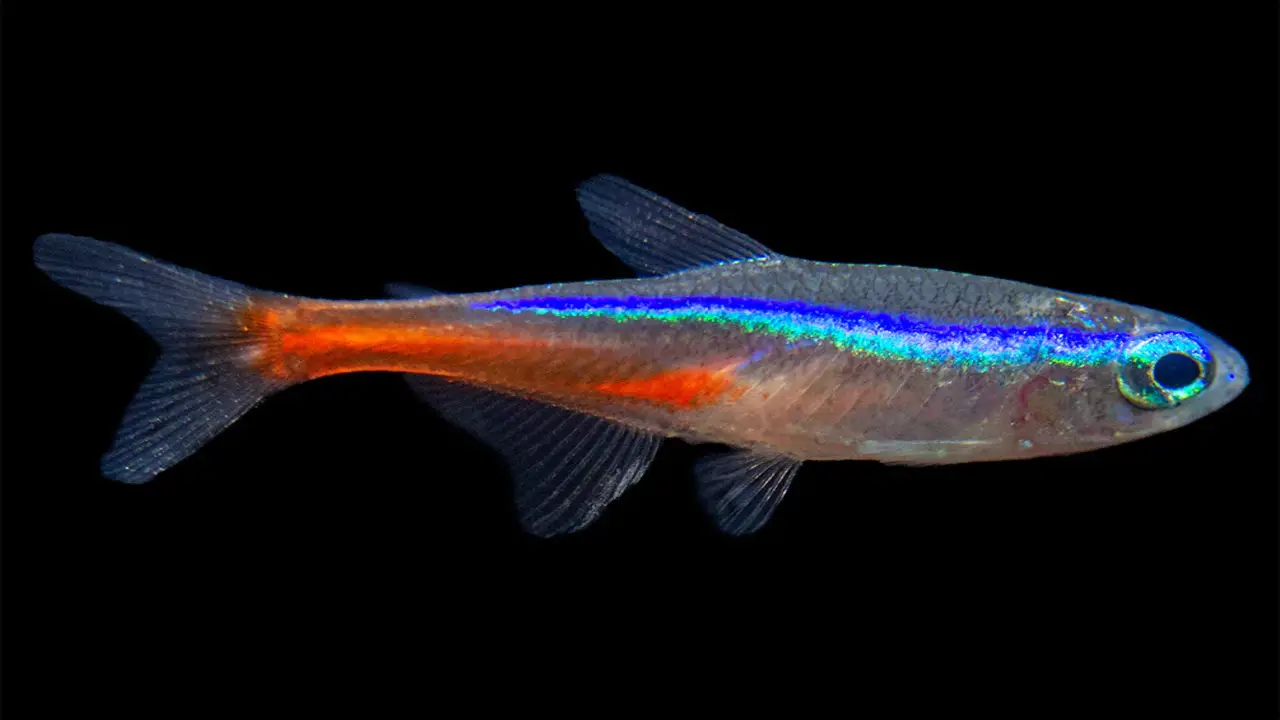
Identifying and separating pregnant-neon tetras can be a challenging task for fish keepers. Unlike some other species, it can be difficult to determine if a neon tetra is pregnant visually. However, there are a few signs that you can look out for. Pregnant female neon tetras may appear rounder or fuller in the belly area, and their colours may appear brighter or more vibrant.
They may also exhibit changes in behaviour, such as becoming more reclusive or seeking out hiding spots. If you suspect that a neon tetra is pregnant, it is recommended to separate her from the rest of the tank to ensure the safety of the fry once they are born. This can be done by using a breeding box or setting up a separate nursery tank with appropriate conditions for the fry to thrive.
Creating The Right Environment For Breeding Neon Tetras
To create the right environment for breeding neon tetras, ensuring a well-maintained aquarium with stable water conditions is essential. Providing plenty of hiding spaces and plants is crucial for both the parents to spawn and for the fry to hide.
Maintaining the ideal water temperature between 75-82°F is important for successful breeding. Additionally, a high-quality diet consisting of live or frozen foods can significantly increase the chances of breeding success. Regular water changes and filtration are vital for maintaining a healthy breeding environment.
Providing Proper Nutrition For Pregnant Neon Tetras
To ensure the health and well-being of pregnant-neon tetras, providing them with a balanced diet rich in high-quality protein and vital vitamins is essential. Incorporating live or frozen foods, such as bloodworms or brine shrimp, into their diet can significantly enhance their nutrition levels.
Commercial fish foods are also available that contain the vitamins and minerals needed for the healthy development of neon tetra fry. However, it is crucial not to overfeed these fish, as this can lead to poor water quality and health issues for both the adults and the fry. It is always a good idea to consult a veterinarian or aquatic specialist for personalized feeding recommendations.
Managing Water Quality And Temperature During Pregnancy
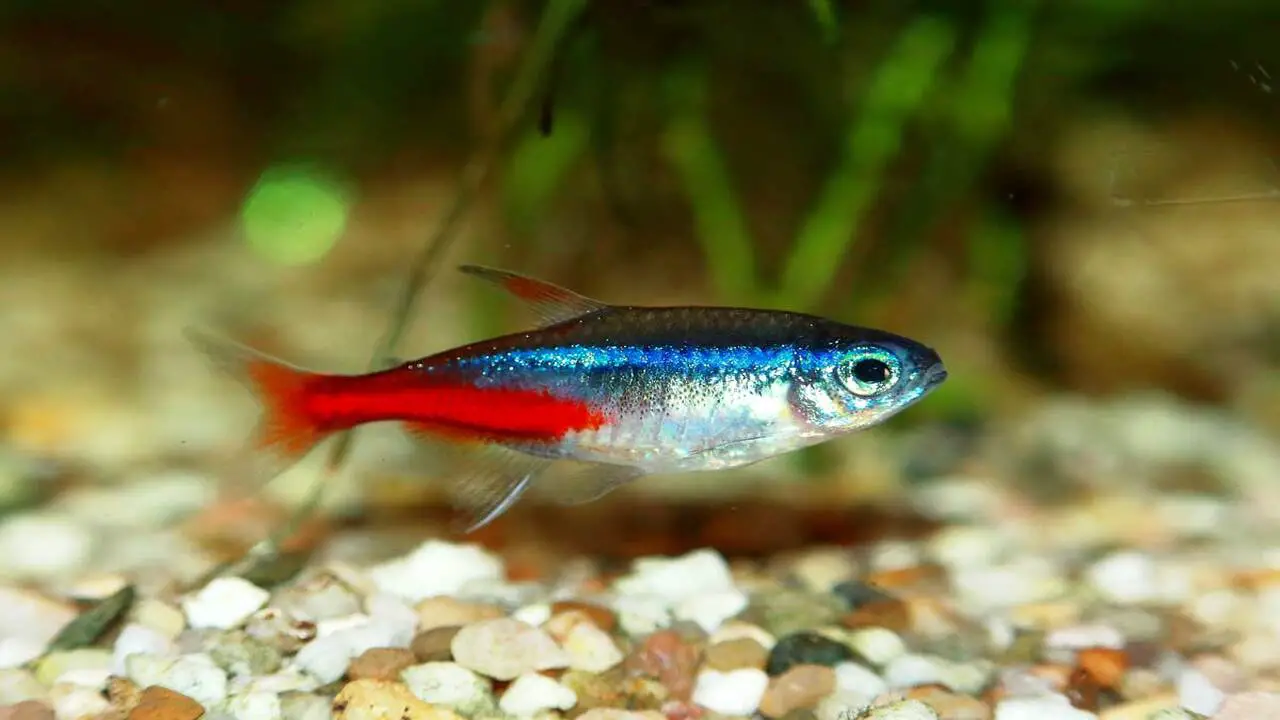
To ensure successful breeding and raising of offspring, it is vital to maintain optimal water quality for pregnant-neon tetras. A stable temperature between 75-80°F is crucial during this time. Implementing high-quality filtration systems and regular water changes will help maintain the desired water conditions.
Avoid overfeeding to prevent excess waste and ammonia buildup in the tank. Close monitoring of water parameters is necessary, making adjustments to sustain a healthy environment for the pregnant-neon tetras. By following these steps, you can provide the right conditions and increase the chances of successful breeding and the healthy development of the fry.
Preparing For The Birth Of Baby Neon Tetras
Preparing for the birth of baby neon tetras can be an exciting time for fish enthusiasts. As neon tetras are popular as egg scatterers, providing them with a suitable environment for breeding and hatching their eggs is essential. This can include adding live plants or spawning mops to the tank, which can be hiding places for the newly hatched fry.
It is also essential to maintain optimal water conditions, including temperature and pH levels, as this can significantly impact the survival rate of the fry. Additionally, feeding the adult neon tetras a varied diet that includes live or frozen foods can help ensure they are in optimal health and ready to produce healthy offspring. With proper care and attention, watching the birth of baby neon tetras can be a truly rewarding experience for aquarium enthusiasts.
Caring For Newborn Neon Tetras
When caring for newborn neon tetras, providing them with the right nutrition and ensuring their safety is essential. Neon tetra fry is tiny and requires a specific diet of infusoria or liquid fry food to support its growth. Keeping the fry in a separate aquarium is crucial to protect them from being eaten by adult fish.
Maintaining water quality through frequent changes and avoiding overfeeding is essential for their well-being. As the fry grows, you can gradually introduce other foods like crushed flakes or baby brine shrimp. Monitor the fry closely and separate any sick or weak individuals to prevent the spread of disease.
Preventing Cannibalism And Ensuring The Survival Of Baby Neon Tetras
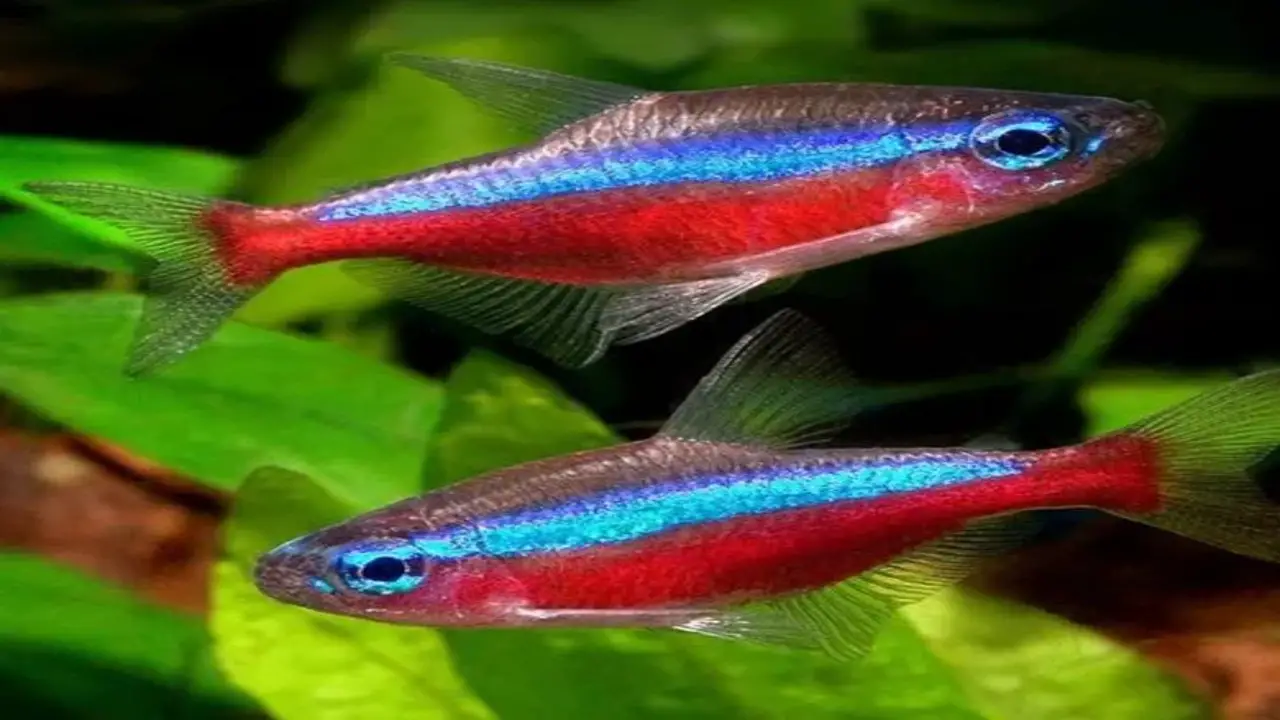
To prevent cannibalism and ensure the survival of baby neon tetras, it is crucial to provide them with plenty of hiding places to avoid being eaten by adults. Additionally, feeding the fry with specialized food that contains essential nutrients is essential for their growth and development.
Separating the pregnant-neon tetra from other fish can also help minimize the risk of cannibalism. Furthermore, maintaining clean aquarium water and the proper temperature and pH levels are critical factors in promoting the survival of the baby neon tetras. Monitoring their behaviour and growth is necessary to ensure their overall well-being.
Tips For Raising Healthy And Thriving Neon Tetra Fry
Raising healthy and thriving neon tetra fry involves maintaining optimal water conditions, providing proper nutrition, and ensuring adequate space for growth. Regular water changes and careful feeding are essential to prevent disease and promote their development. If you have a pregnant-neon tetra in your aquarium, here are some tips to help ensure that she and her fry thrive:
- Provide a separate breeding tank: Neon tetras are known to eat their own eggs and fry, so it is best to move the pregnant female to a separate breeding tank. This will give her a safe space to give birth and protect her offspring.
- Create ideal water conditions: Neon tetras prefer soft, slightly acidic water with a temperature between 72-82°F (22-28°C). Make sure the water is clean and well-filtered.
- Offer nutritious food: To support the health of the mother and her fry, offer a varied diet of high-quality flake or pellet food supplemented with live or frozen foods such as brine shrimp or daphnia.
- Provide hiding places: Neon tetra fry are small and vulnerable, so it is essential to provide plenty of hiding places, such as plants or fine-leaved ornaments, where they can seek shelter from larger fish.
- Maintain water quality: Regularly test the water parameters for ammonia, nitrite, nitrate, and pH levels. Perform partial water changes as needed to keep the water clean and stable.
- Monitor growth and development: Keep an eye on the fry’s growth and development. If any seem weak or have difficulty swimming, consider separating them into a tank with gentler filtration until they become more robust.
Following these tips can increase the chances of successfully raising healthy neon tetra fry in your aquarium.
Conclusion
Breeding pregnant neon tetras can be a rewarding and fascinating experience for fish enthusiasts. By understanding their reproductive behaviour and providing the right environment and nutrition, you can ensure successful breeding and the survival of the newborn fry.
It’s essential to maintain proper water quality and temperature during pregnancy and be prepared for the birth of the baby neon tetras. Additionally, preventing cannibalism and implementing strategies for the care and growth of the fry are essential. With patience and dedication, you can raise healthy and thriving neon tetras. Enjoy the beauty of this process and the joy of seeing new life flourish in your aquarium.
Frequently Asked Questions
Will Neon Tetras Eat Their Own Eggs?
Neon tetras have been known to eat their own eggs, but there are ways to prevent this. Providing hiding places like plants or a spawning mop can help. Separating the adult fish from the eggs after spawning is also an option. Maintaining proper feeding and water conditions can increase breeding success.
What Should You Do If Your Neon Tetra Is “Pregnant”?
If you notice a visible bulge in your female neon tetra, it may carry eggs. Neon tetras do not get pregnant; they lay eggs. Provide a spawning site like fine-leaved plants or a spawning mop and remove adult fish after the eggs are laid to prevent them from eating.
How Long Is A Neon Tetra’s Pregnancy?
Neon tetras do not experience pregnancy like mammals. Instead, the female lays eggs that the male fertilizes. The eggs typically hatch within 24 to 36 hours. To ensure successful breeding, it’s crucial to maintain a suitable environment for the eggs and fry.
What Should I Feed My Pregnant-Neon Tetra?
To ensure the health and well-being of your pregnant-neon tetra, provide a variety of small, high-quality foods. Offer live or frozen options like brine shrimp, daphnia, and micro worms. Soak flake or pellet food in water to soften it before feeding. Avoid overfeeding to prevent water quality issues.
How Long Does It Take For A Pregnant-Neon Tetra To Lay Eggs?
A pregnant-neon tetra typically takes 24-48 hours to lay eggs. During this time, the eggs are scattered around the tank. To prevent them from being eaten, it is recommended to use a breeding box or mesh. The eggs will hatch in around 24-36 hours, and the fry will become free-swimming after 4-5 days.

Aquarium passion is all about connecting with the aquatic life and providing education to the public on the importance of these creatures. We showcase a wide variety of marine life through our exhibits as well as working with schools to provide unique learning opportunities for students of all ages.

